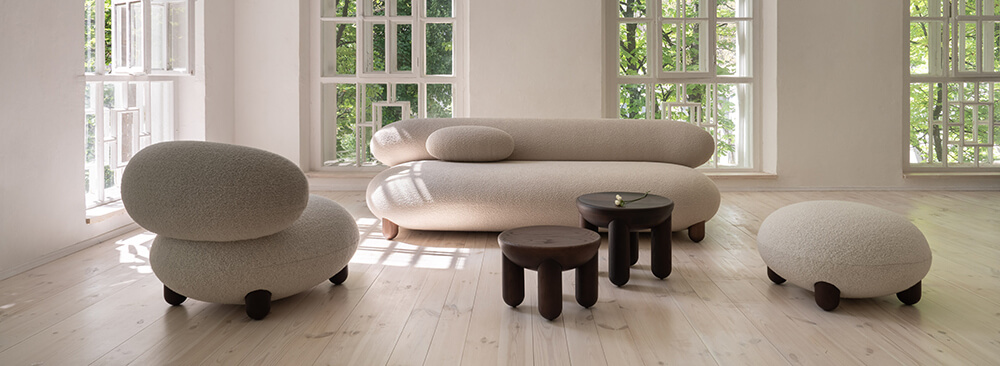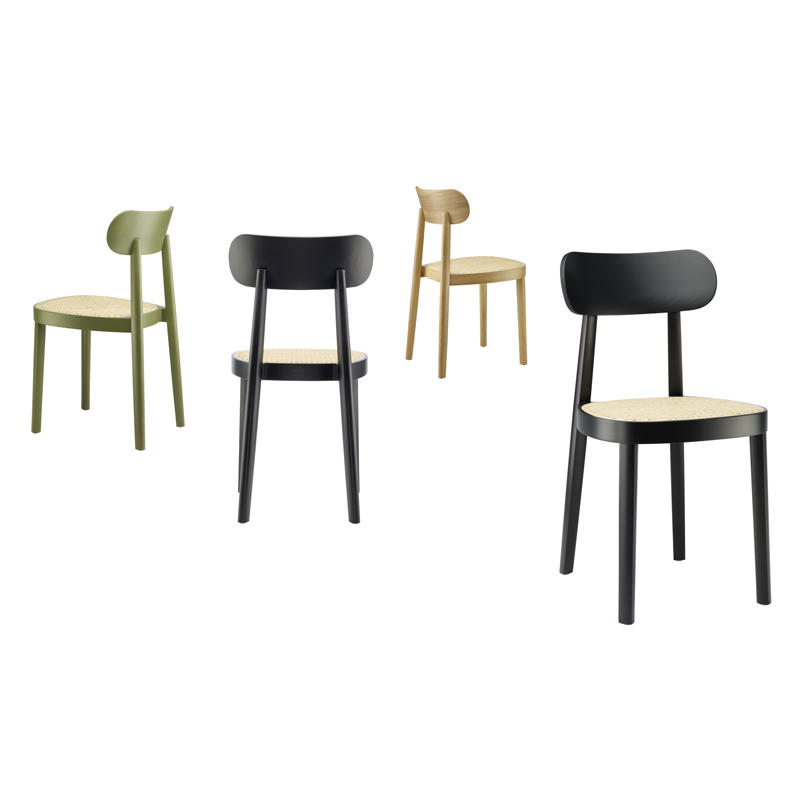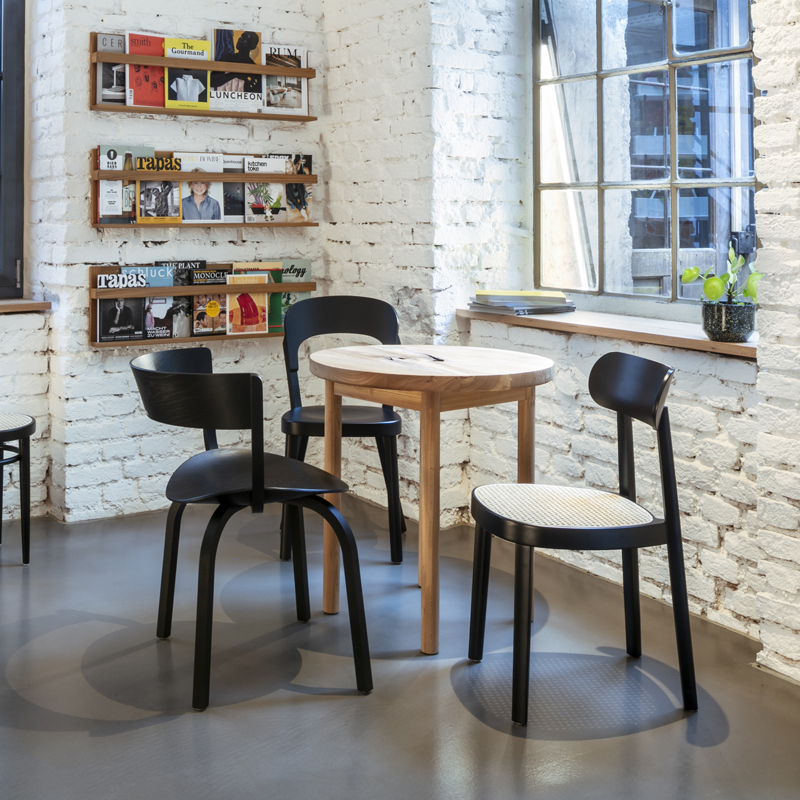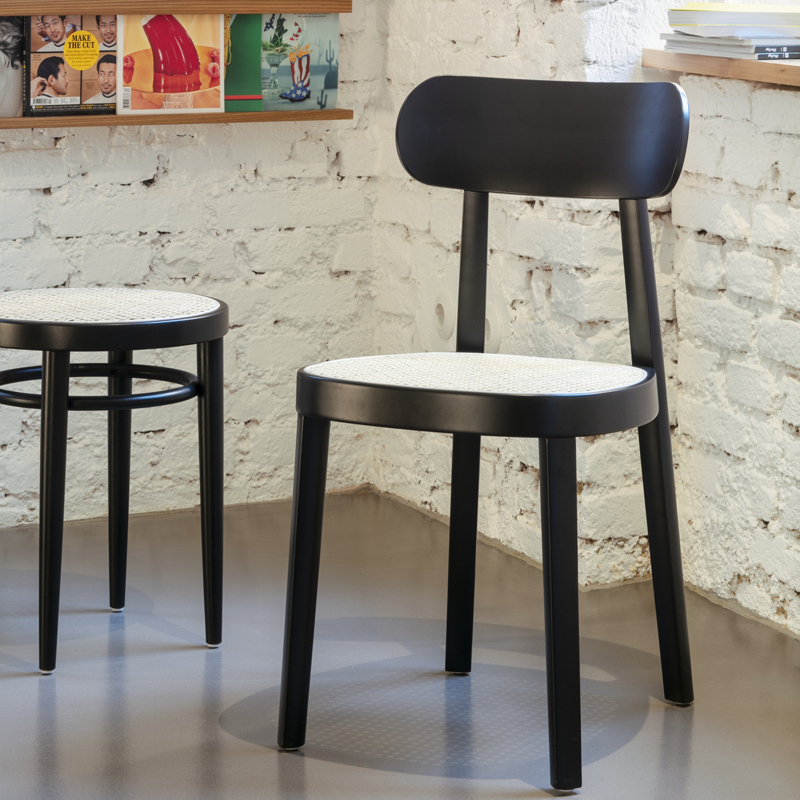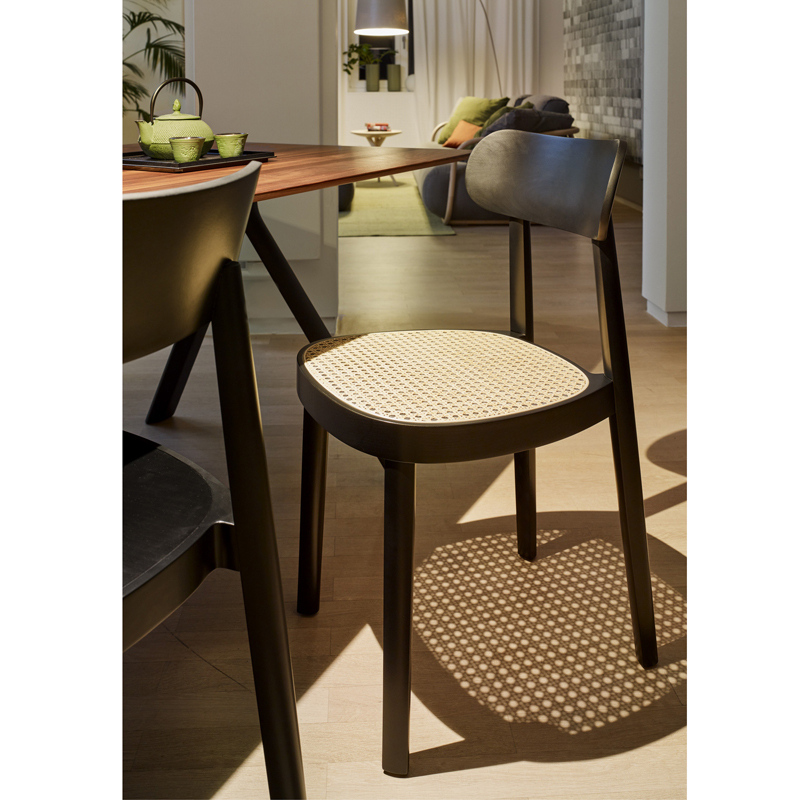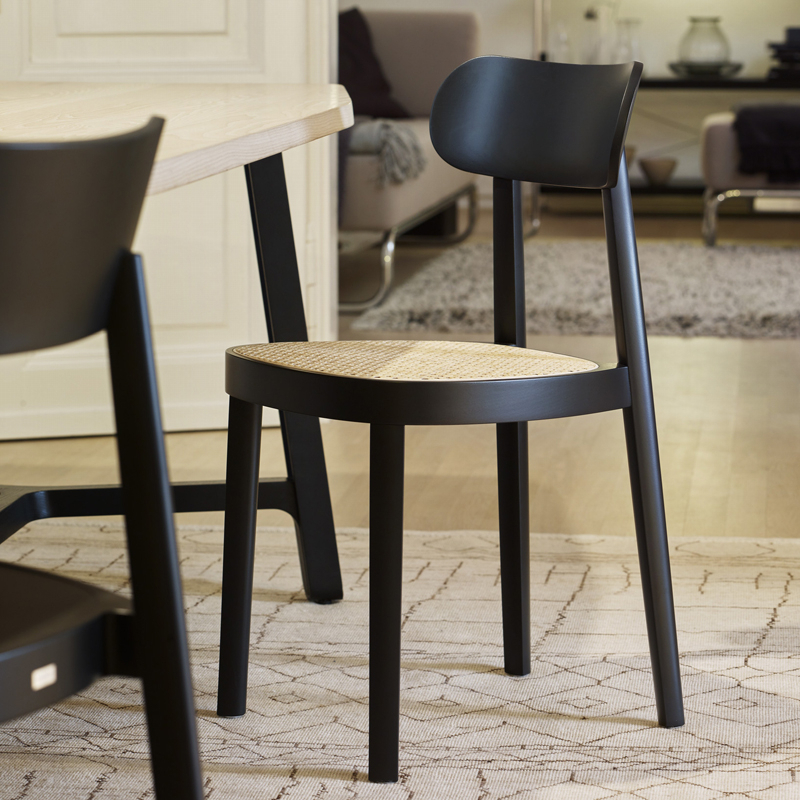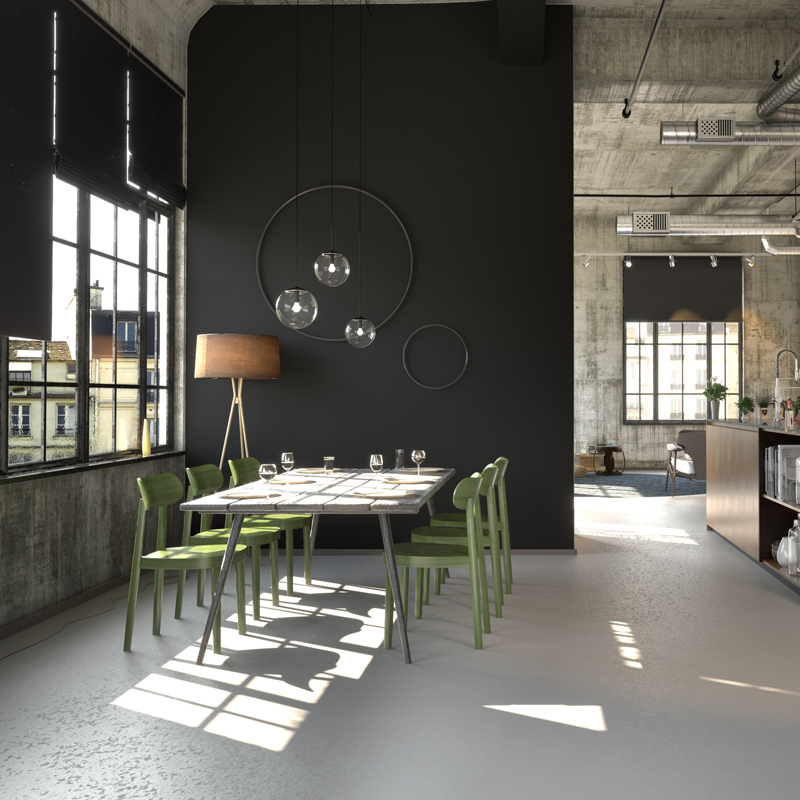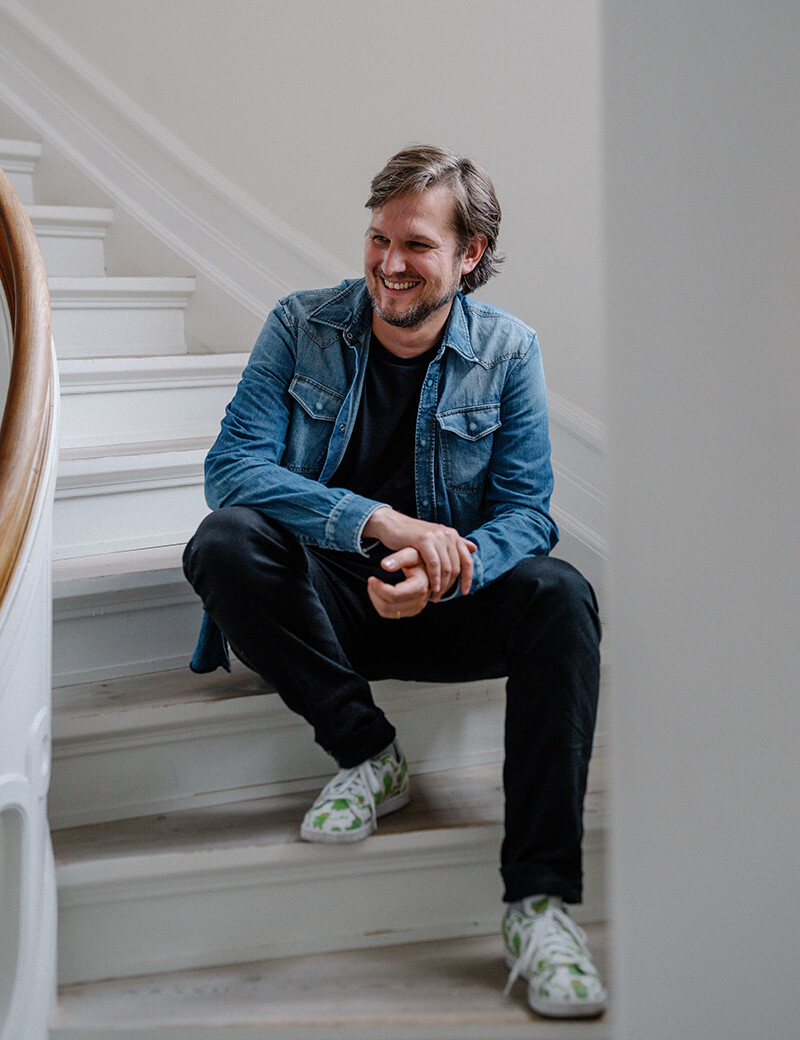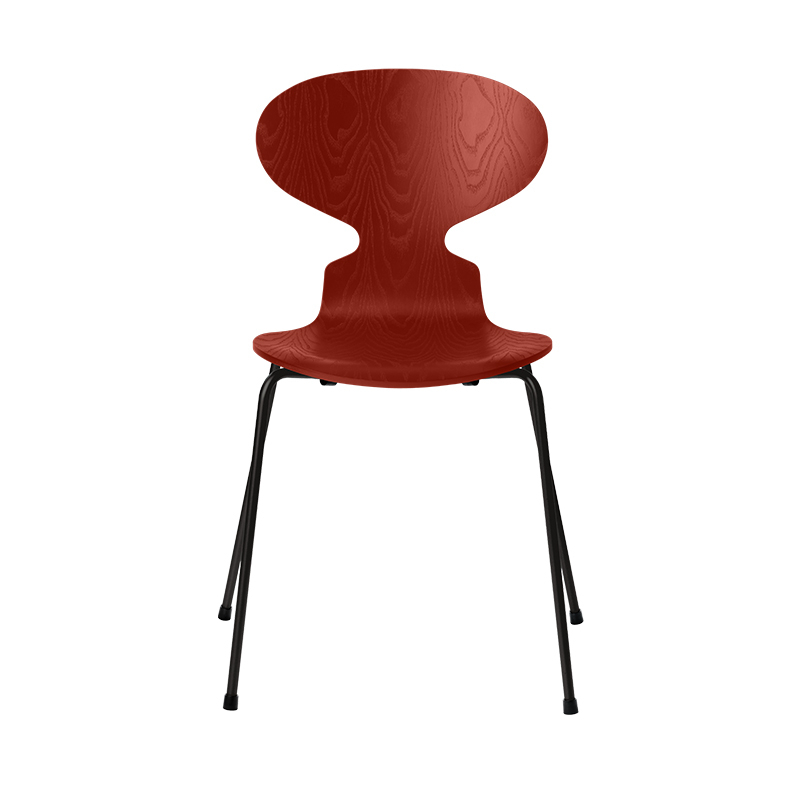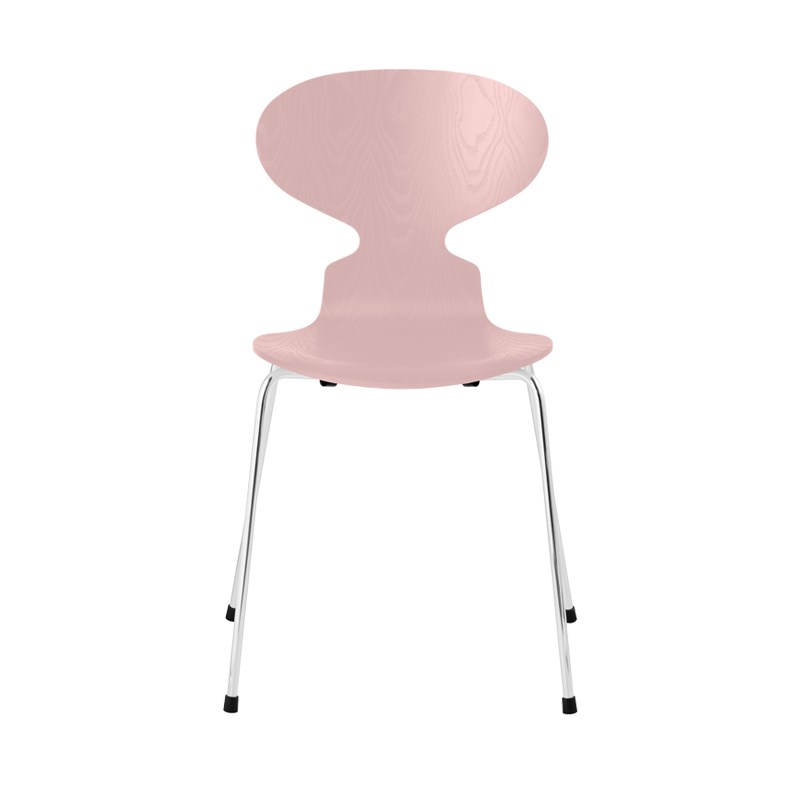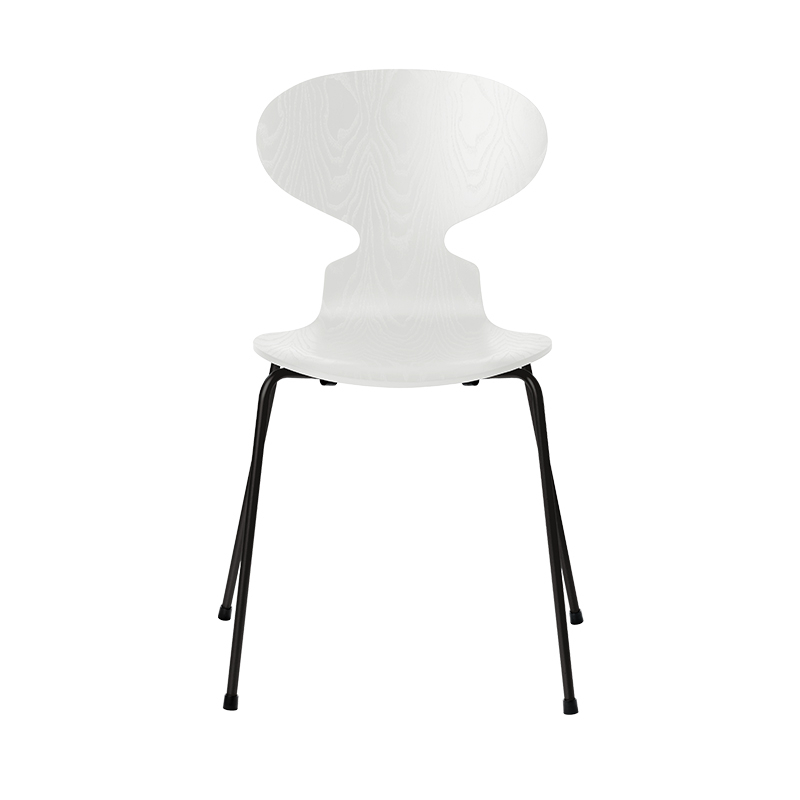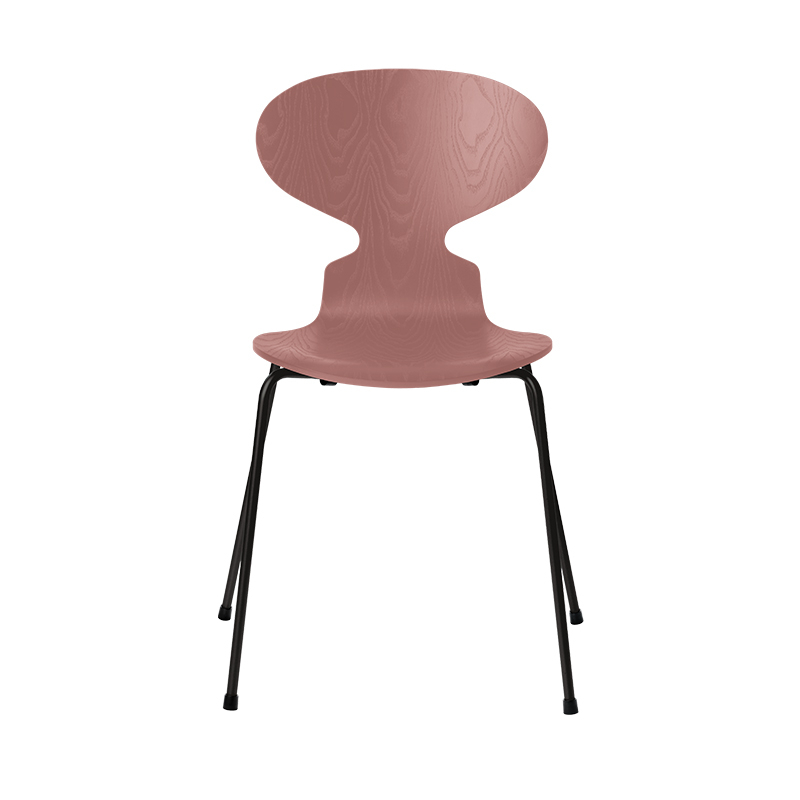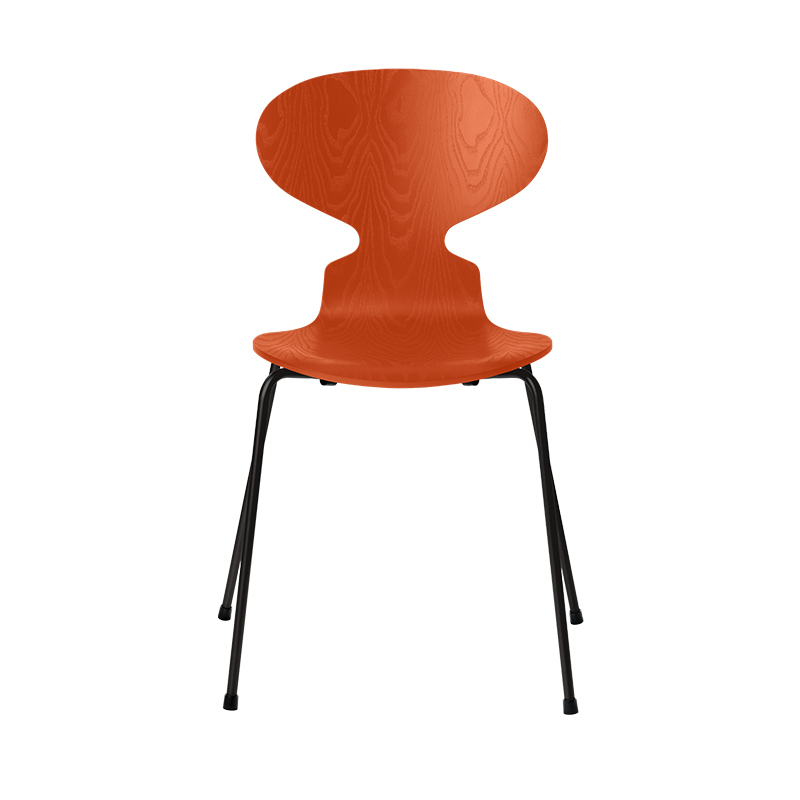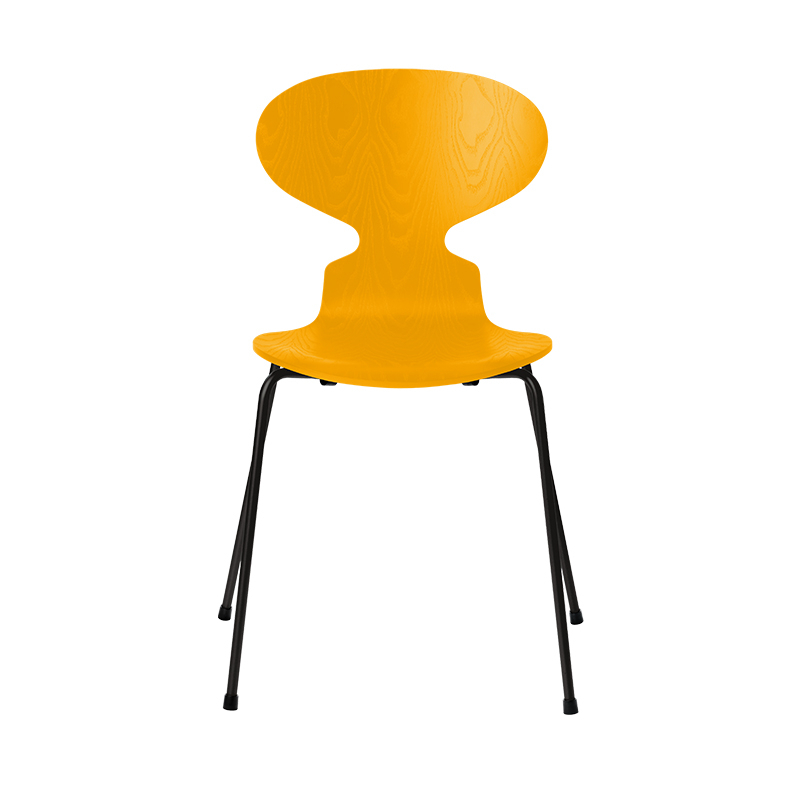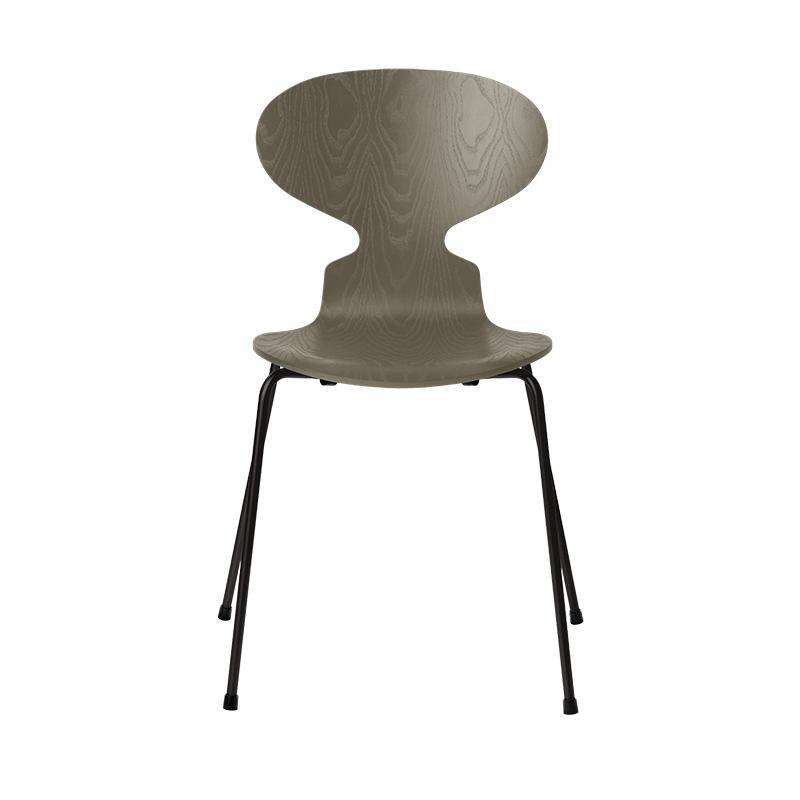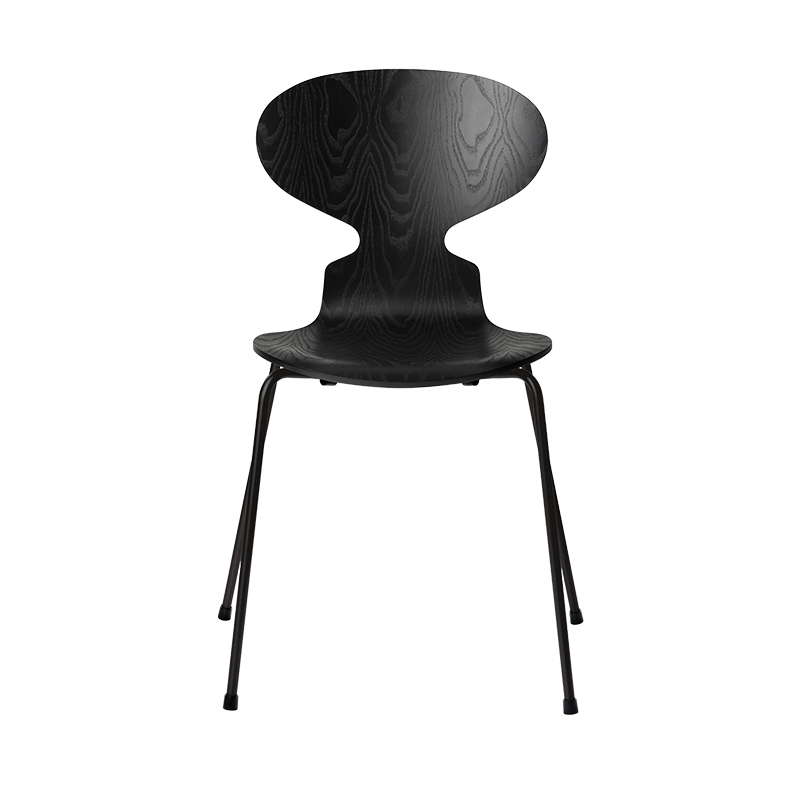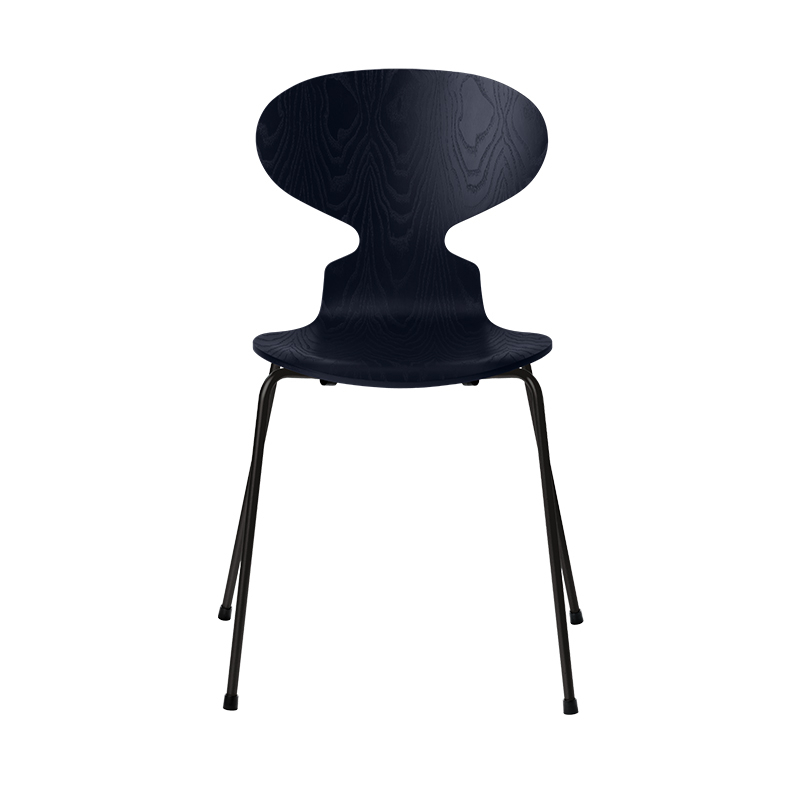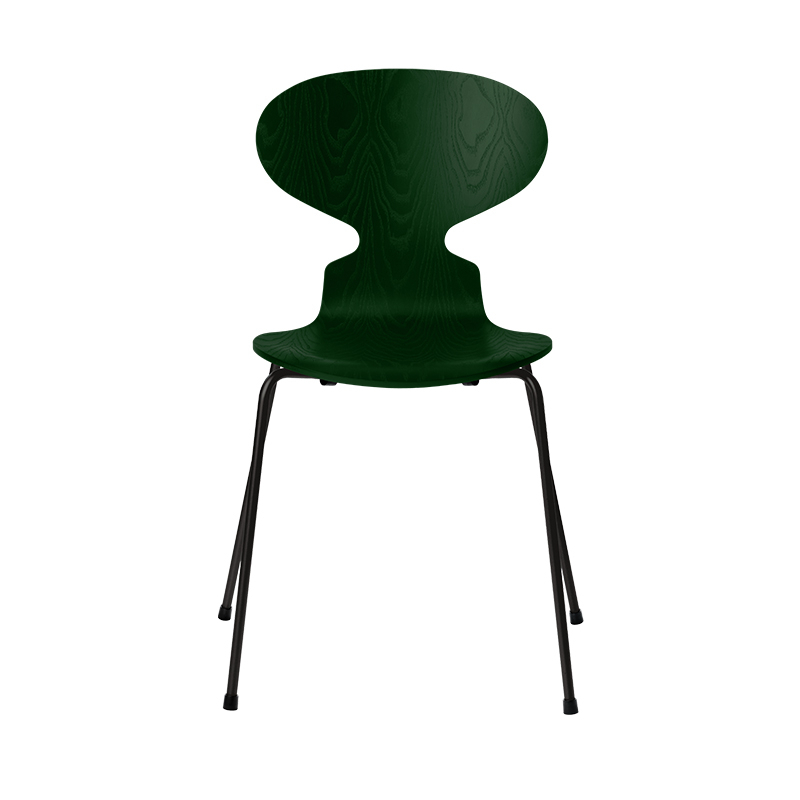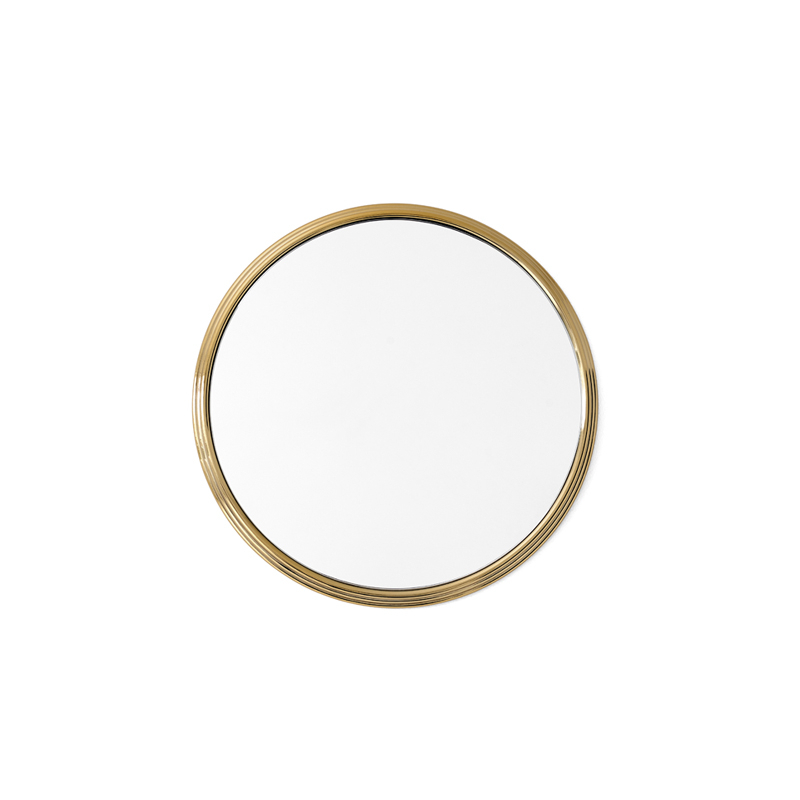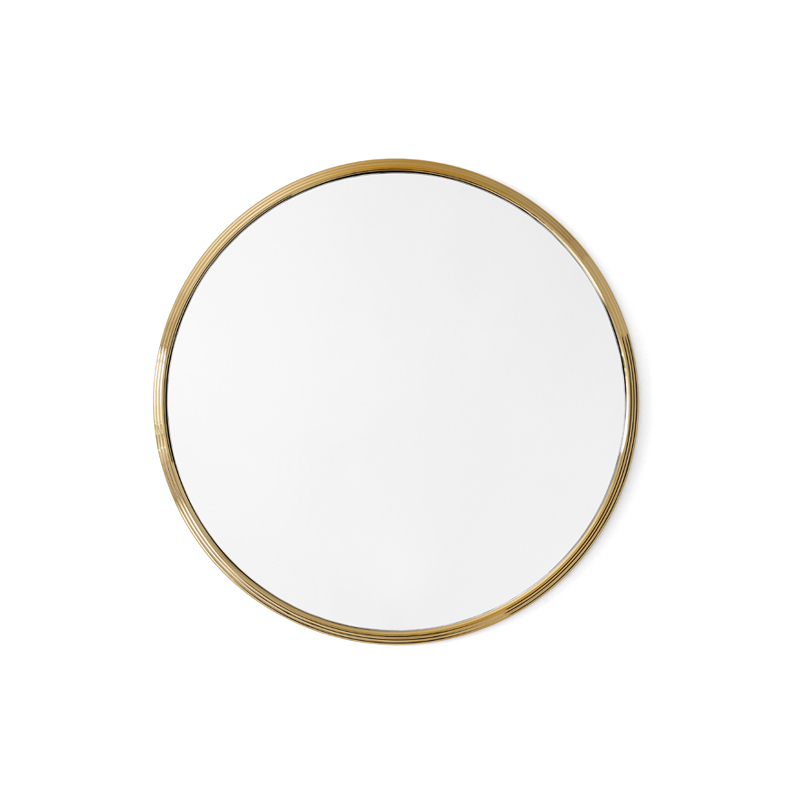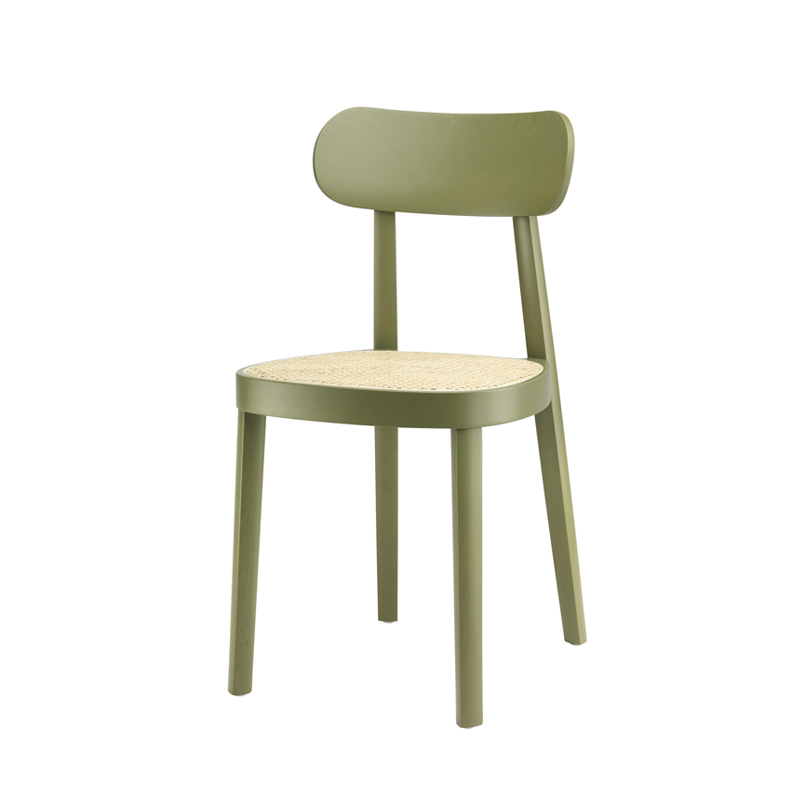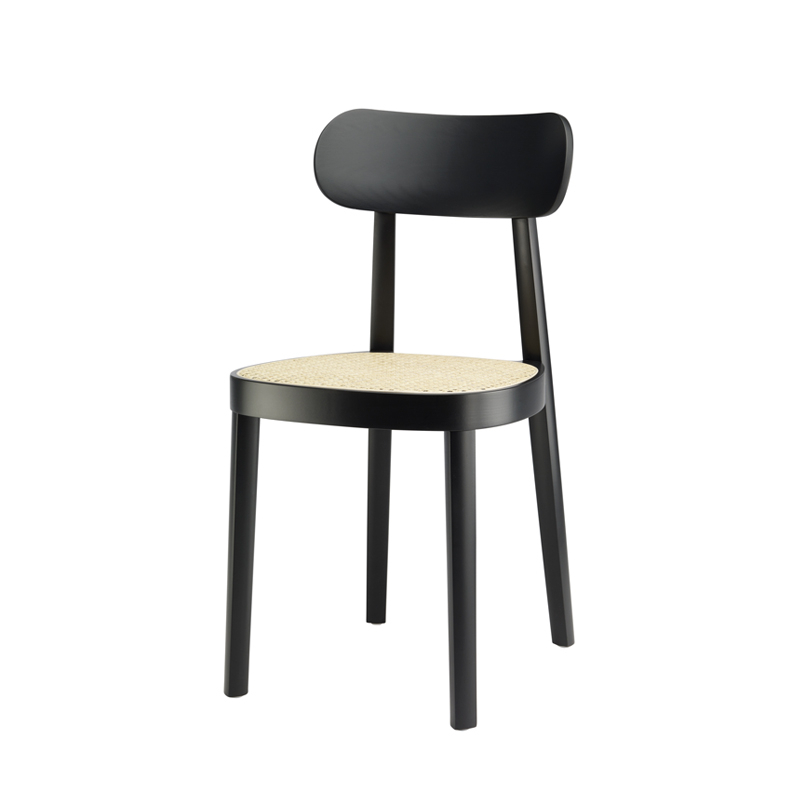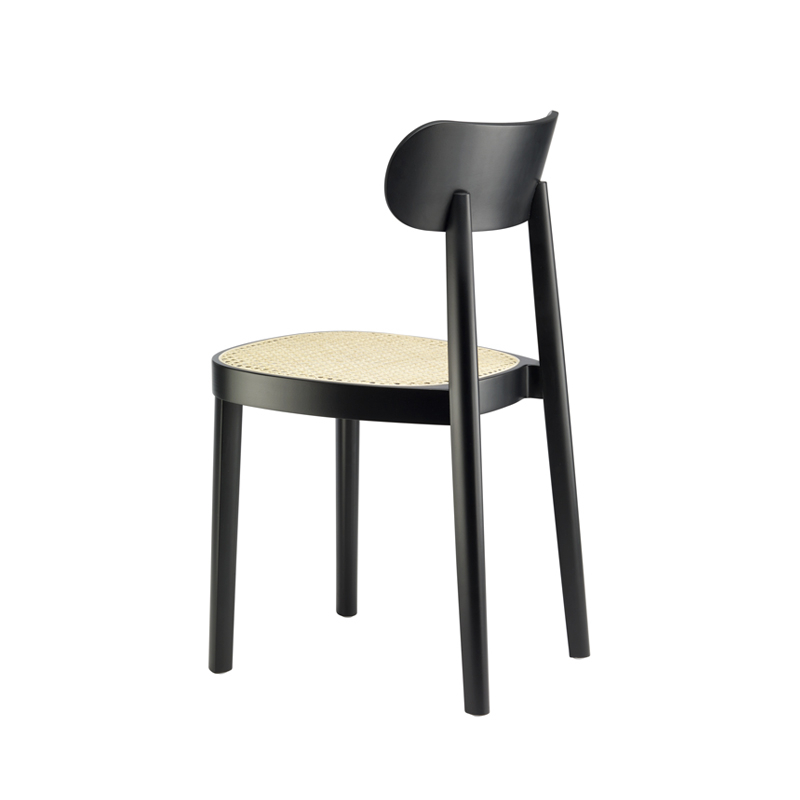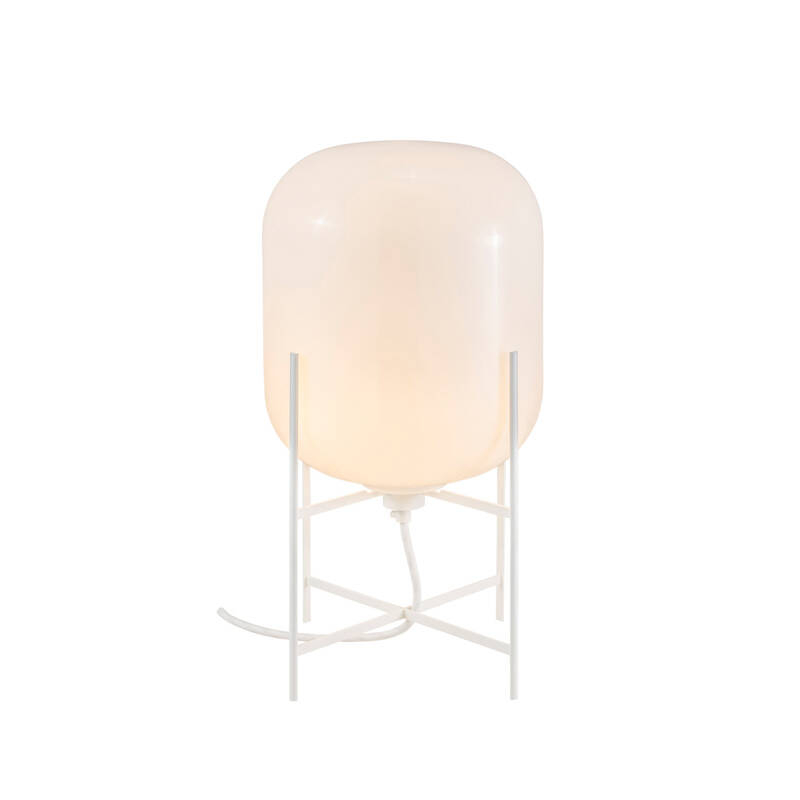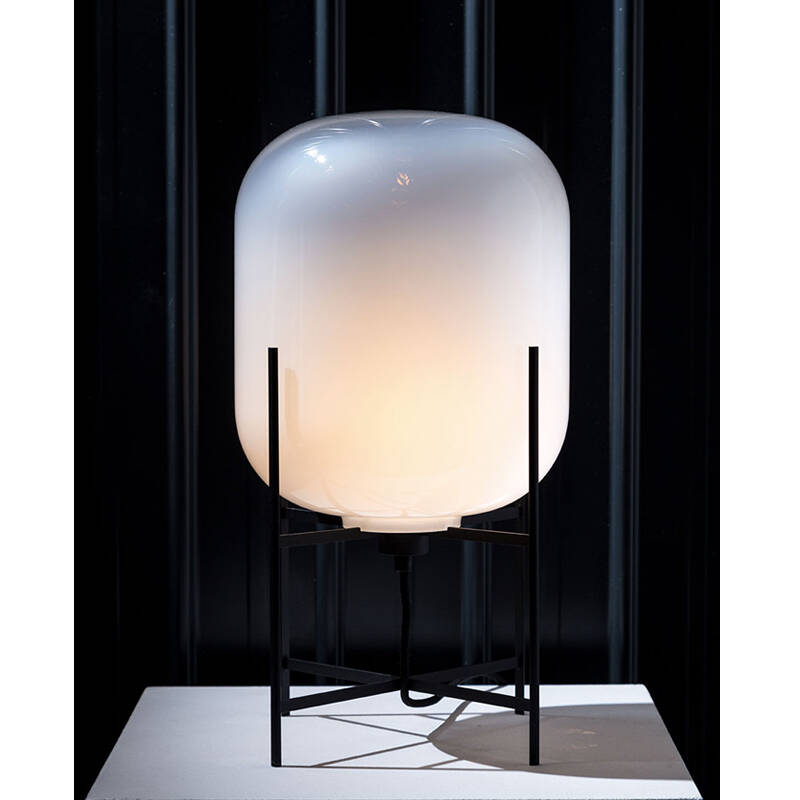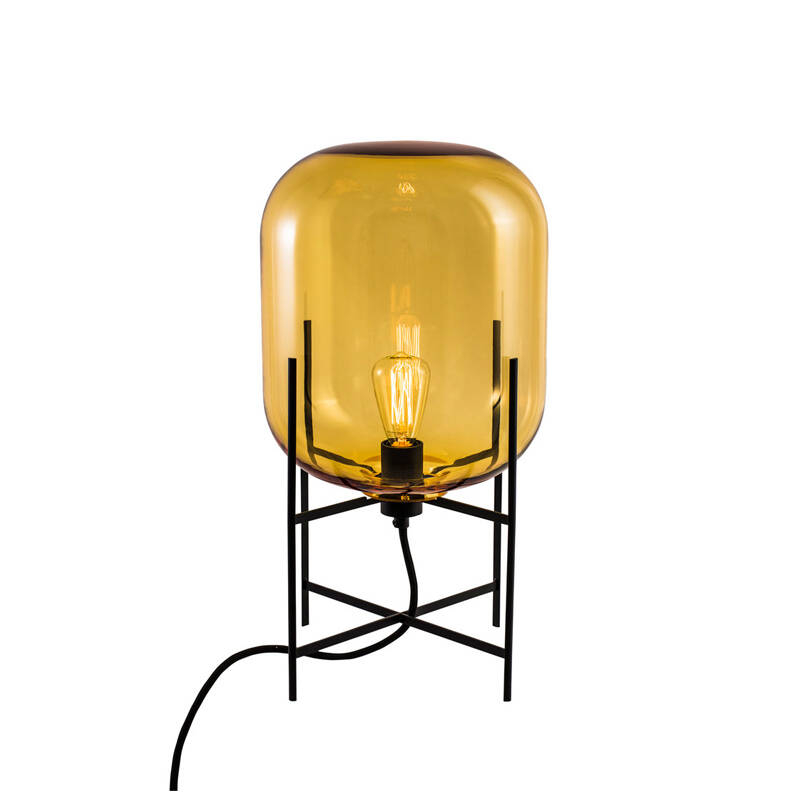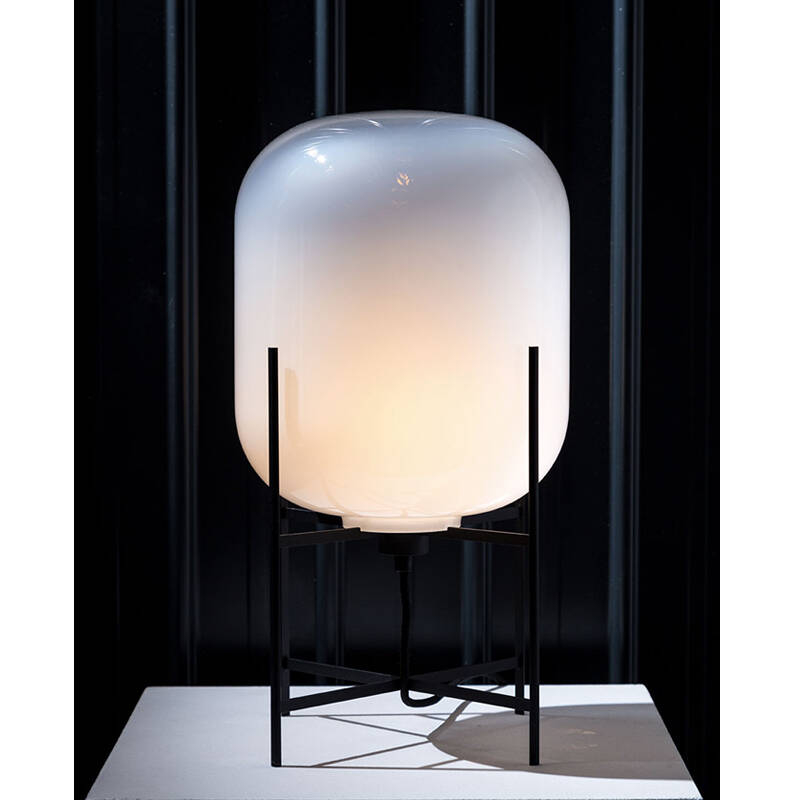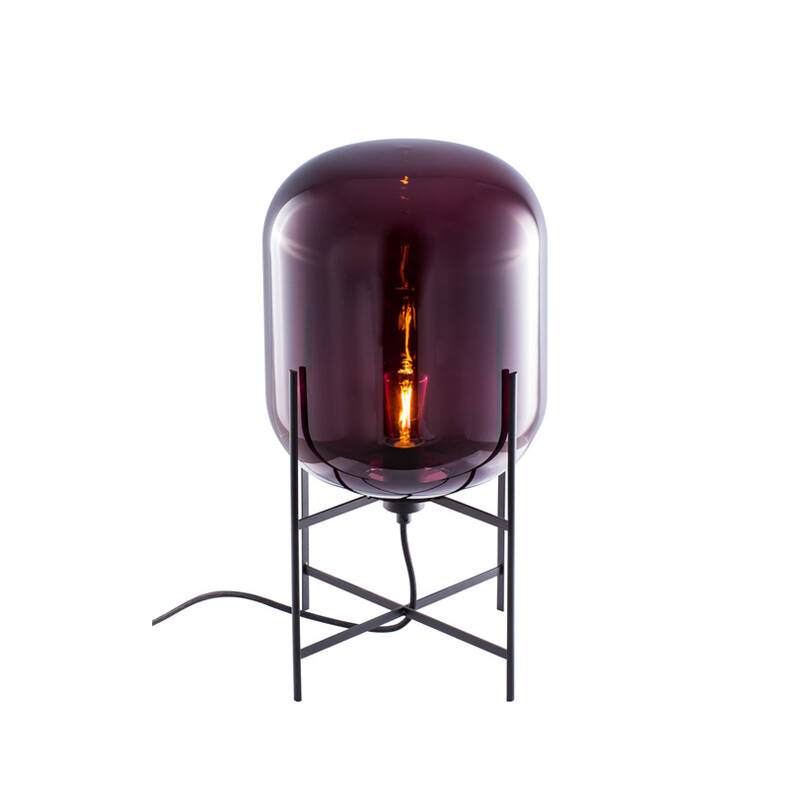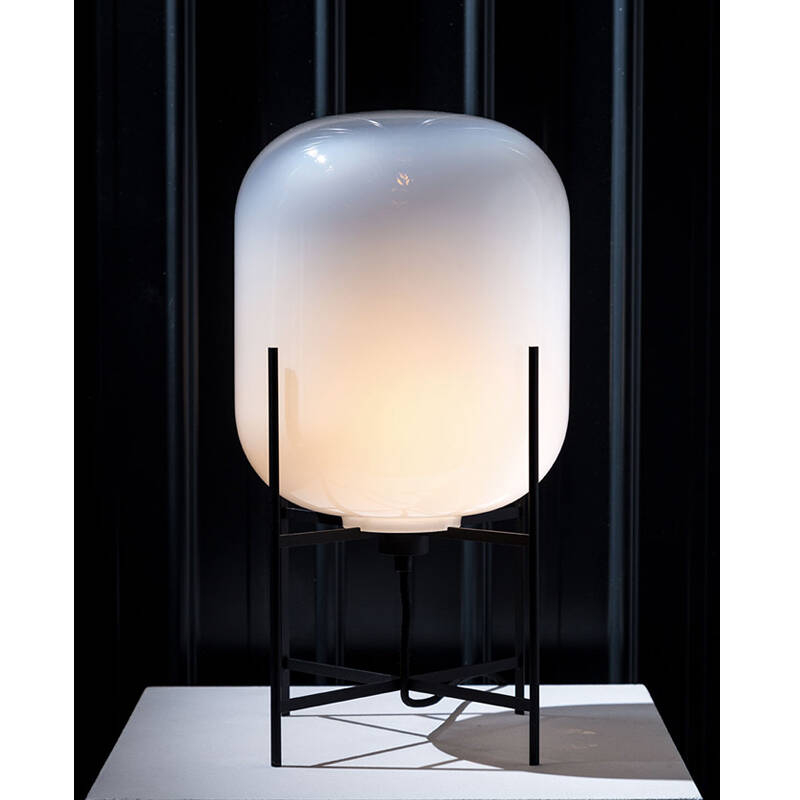- wishlist
-
Cart
Your cart is empty.
menu overlay
menu overlay
Already a customer?
New customer?
Enjoy all the benefits we offer and track your purchases in the order history.
Registermenu overlay
Reset my password
You will receive a link by email to reset your password.
Dining Chair 118 Walnut THONET
€576.00
€480.00 HT
or in

118 Walnut
118 Walnut
€576.00
€480.00 HT
€576.00
€480.00 HT
Description
With the Chair 118, designer Sebastian Herkner pays homage to the Thonet heritage, picking up on the codes of the 214 chair through the shape of its curved seat frame . The hand-finished seat is also covered in the iconic Vienna cane. Another source of inspiration for Sebastien Herkner was the "Frankfurter Stuhl", developed in the 1930s and used for a long time as a universal chair. Hernker likes to refer to his new design for Thonet the "Offenbach chair" in reference to his home town. In the mid-19th century, Michael Thonet revolutionised the design of the chair by reducing its component parts to a minimum. Light, sober and subtle, this chair is a reinterpretation of a great classic, and can be subtly combined with a wide range of table designs. Designer Sebastian Herkner perfects this idea and adds refined details, making the chair less imposing and even more beautiful. The shape of the legs of the Thonet 118 chair is thus distinctive: their roundness at the back is broken by curved edges at the front, creating lines that echo the horseshoe shape of the seat. The chair with trough seat 118M features a moulded plywood back and seat, supported by a solid beech frame. Its distinctive feature is also the look of its horseshoe-shaped seat, echoed by its feet in more discreet lines. Minimalist and authentic, yet elegant and filigree, the chair 118 by Thonet lends subtle elegance to any dining table, in any restaurant. We can just as easily imagine the Thonet 118 chair around a dining table in a dining room or kitchen.
Color
Noyer
Colour
dark wood
Material
wood
Finish
stained beech, cane seat, plastic support fabric under cane work
Dimensions
w 42 x D 50 x H 80 cm, seat H 46 cm
- Home
- ▸
- Dining Chair
- ▸
- 118 Walnut
What you think of it
Delivery Terms
Delivery possible within 48 hours for in-stock products.
You will also like
By the same designer
menu overlay
Quote request
You will receive a response from us within 24/48 hours
Your contact details
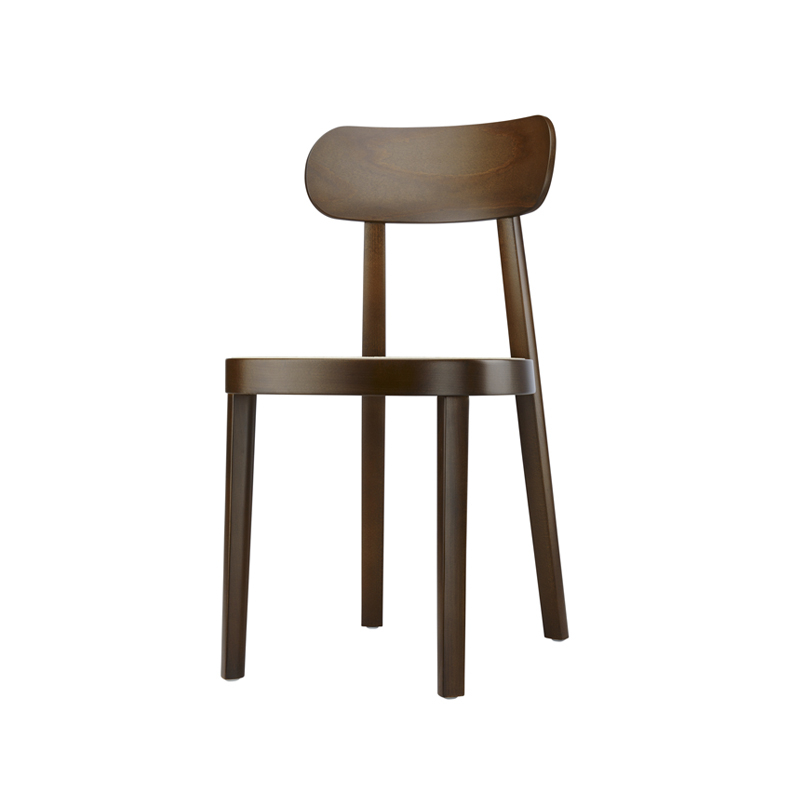
Dining Chair
118 Walnut
THONET
Color :
Noyer
€576.00 TTC
€576.00 HT
In stock
In stock
€576.00 TTC
€576.00 HT
Total items :
€576.00
Taxes
0 €
Total (VAT incl.)
€576.00


